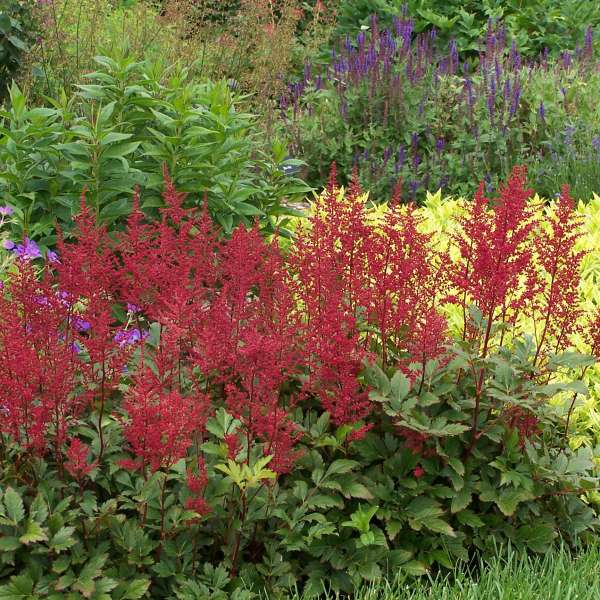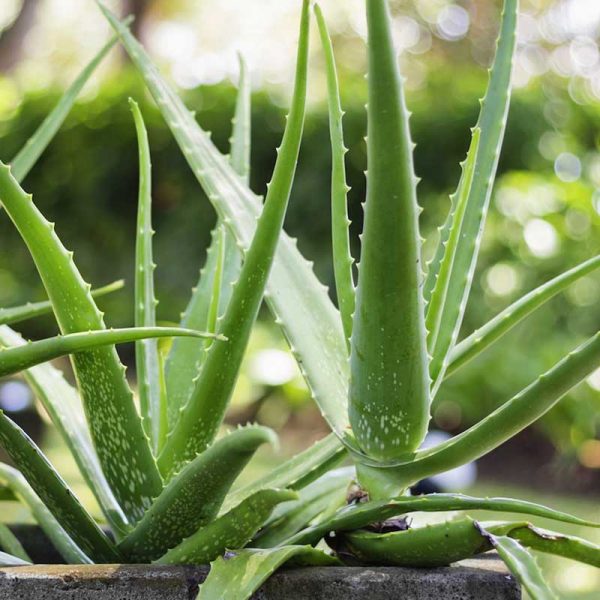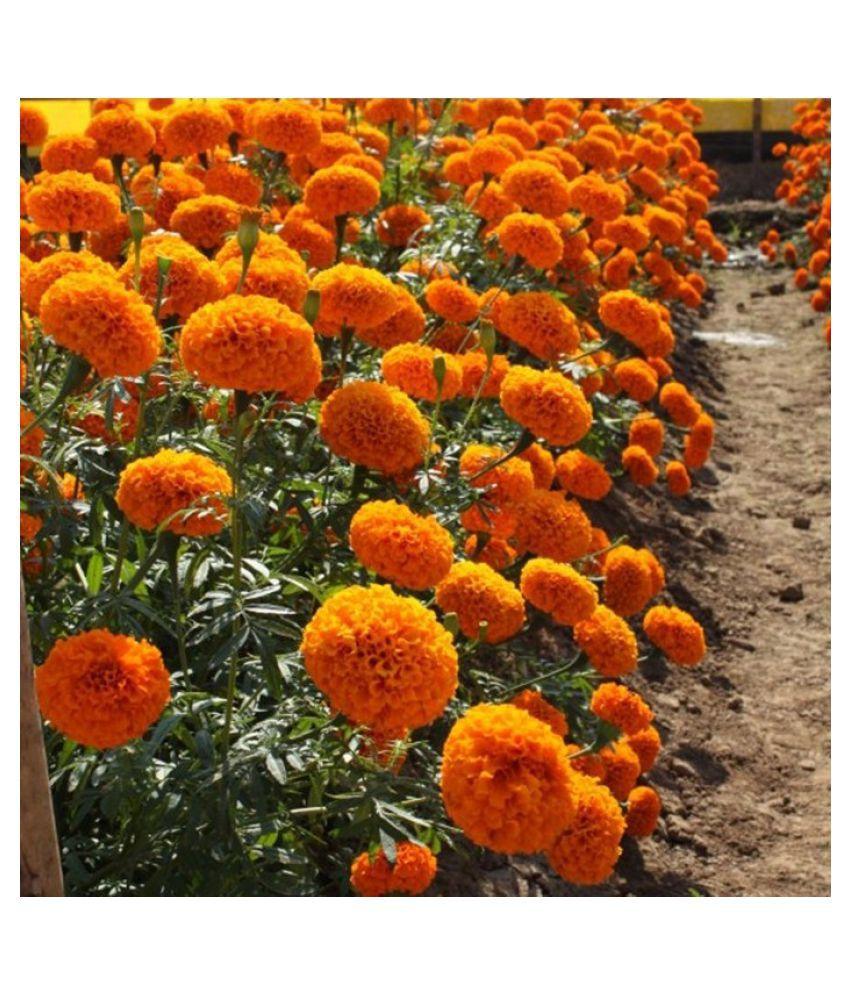Estimated Reading Time: 8 minutes Plant Type: Perennial Herb Timeline: Planting: Spring or Autumn; Harvest: Summer Lifespan: 5-10 years Local Name: Creeping Thyme (common) Popular Name: Red Creeping Thyme Common Name in India: Lal Rengarajiri Interesting Fact: Red Creeping Thyme is a member of the mint family and is known for its strong, aromatic qualities.
Red Creeping Thyme, scientifically named Thymus serpyllum ‘Coccineus’, is a captivating groundcover that adds a burst of color to any garden. Renowned for its low maintenance, culinary versatility, and potential health benefits, this vibrant herb has garnered popularity among gardening enthusiasts.
Plant Selection
When selecting Red Creeping Thyme, prioritize plants with a compact growth habit and rich, crimson foliage. Healthy specimens should exhibit robust growth and be free from pests or diseases. It’s advisable to purchase plants from reputable nurseries to ensure genetic purity and optimal plant health.
Specific Tools for Planting
To successfully establish Red Creeping Thyme, gather the following tools:
- Garden fork: For loosening the soil.
- Rake: For leveling the planting area.
- Trowel: For planting individual plants or dividing clumps.
- Watering can: For providing essential moisture.
Site Preparation
Red Creeping Thyme thrives in well-drained soil with ample sunlight. Select a planting location that receives at least six hours of direct sunlight daily. Prepare the site by removing weeds, rocks, and debris. Loosen the soil to a depth of approximately 6 inches using a garden fork and incorporate compost or aged manure to enrich the soil.
Planting Process
- Spacing: Plant Red Creeping Thyme in clumps or as a mat, maintaining a distance of 6 inches between plants.
- Planting depth: Position the crown of the plant at the same level as the surrounding soil.
- Firming: Gently press down on the soil around the plants to establish good contact.
- Watering: Provide a thorough watering after planting to hydrate the roots.
Propagation
Red Creeping Thyme can be propagated through division or from cuttings.
- Division: In spring, carefully dig up established plants and divide them into smaller clumps. Replant the divisions immediately.
- Cuttings: Take 3-inch stem cuttings in early summer. Remove lower leaves and dip the cut end in rooting hormone. Plant in a pot filled with moist potting mix.
Post-Planting Care
Red Creeping Thyme is relatively low-maintenance once established. Regular watering is essential, particularly during dry periods. Avoid overwatering as it can lead to root rot. While not mandatory, a light application of balanced fertilizer in spring can promote vigorous growth.
Specific Plant Care Requirements
- Pruning: Lightly trim the plant after flowering to maintain shape and encourage new growth.
- Winter protection: In regions with harsh winters, provide a light layer of mulch to protect the plant from frost.
Culinary and Medicinal Usage
Red Creeping Thyme offers a delightful blend of flavor and potential health benefits. The leaves can be used to infuse culinary creations with a distinct aroma. It’s a popular ingredient in various dishes, including meats, soups, stews, and sauces. Additionally, Thyme has been traditionally used for its antiseptic and antimicrobial properties, making it a valuable addition to herbal remedies.
Love Nature…Enjoy Nature





